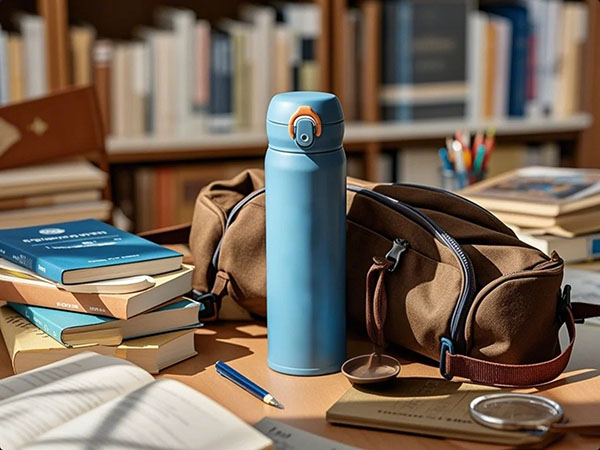Stainless steel insulated cups have become an essential hydration companion for students in their daily lives. These bottles not only maintain beverage temperatures effectively but also offer excellent portability, making them ideal for campus use and outdoor activities. However, it's important to understand that these bottles are not designed to last forever - their service life depends on various factors including usage patterns and maintenance practices. So how should students determine when their bottle needs replacement?
First, let's consider the typical lifespan. Generally, a stainless steel insulated cup will provide reliable service for 1-2 years under normal conditions. This timeframe isn't absolute, as several factors can influence longevity. Frequent use, improper cleaning methods, and exposure to harsh environments may all contribute to reduced service life. Therefore, students should regularly assess their cup's condition to determine when replacement becomes necessary.
When evaluating whether an insulated cup needs replacement, carefully assess these key aspects:
First, observe the heat retention effect of the insulated cup. Heat retention performance is one of the core indicators of an insulated cup. If the heat retention effect significantly decreases, it is likely that the inner insulation material has been damaged or aged. For example, if water that could previously stay warm for several hours now becomes lukewarm or cools down quickly, this indicates the insulated cup's heat retention performance has greatly deteriorated. At this point, you should consider replacing it with a new insulated cup.
Second, check the sealing performance of the insulated cup. The quality of sealing directly affects the usage effectiveness. If the sealing is poor, leakage or seepage may occur. This not only affects the user experience but may also damage books, backpacks and other items. Therefore, when using an insulated cup, students should regularly check its sealing performance. If the sealing performance declines, the insulated cup should be replaced promptly.

Additionally, pay attention to the appearance and material of the insulated cup. If there are obvious deformations, scratches or rust on the insulated cup's surface, this indicates the material has been damaged. This not only affects the cup's appearance but may also pose potential health risks to users. Therefore, when noticing damage to the insulated cup's appearance, you should also consider replacing it with a new product.
Of course, besides the above aspects, students should also pay attention to proper usage and maintenance methods when using insulated cups. For example: Avoid using cleaning agents that are too acidic or alkaline; clean tea stains, coffee residues and other deposits inside the cup promptly; avoid placing the insulated cup in high temperature or humid environments for extended periods. These measures can effectively extend the insulated cup's service life and reduce replacement frequency.
In summary, for students, determining whether to replace a stainless steel insulated cup requires consideration from multiple aspects. By observing changes in heat retention effect, sealing performance, and appearance/material condition, you can promptly identify problems with the insulated cup and take appropriate measures. At the same time, proper usage and maintenance methods are also key to extending the insulated cup's service life. Only in this way can students ensure convenient and safe use of their insulated cups.